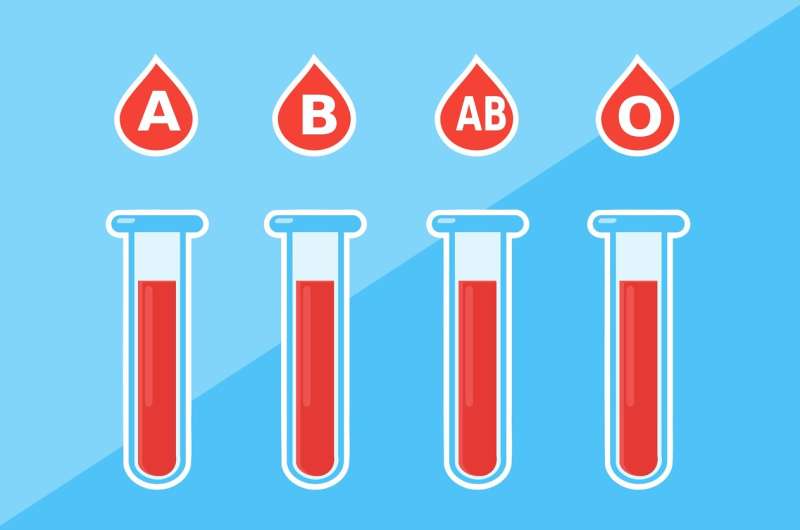Tiny Blood Vessels May Promote Melanoma Cell Spread Through Mechanical Stress

New research reveals that the squeezing of melanoma cells through tiny blood vessels can trigger their transformation into more aggressive, metastasis-capable cells, offering potential new avenues for cancer treatment.
Recent research from UNSW Sydney has shed light on how the physical stress of navigating through the body’s smallest blood vessels may play a crucial role in melanoma metastasis, the process by which cancer spreads to other organs. The study, published in Nature Communications, details the development of a microfluidic device simulating blood flow through capillaries narrower than 10 micrometers. When melanoma cells are forced through these tiny channels, they undergo physical deformation and exhibit increased stem-like properties, enhancing their ability to survive, migrate, and form new tumors.
This mechanical squeezing appears to act as a trigger, transforming the cancer cells into a more aggressive form capable of metastasis. The findings support a longstanding hypothesis in cancer biology that the physical environment within blood vessels influences tumor cell behavior. Laboratory experiments using the device, complemented by studies on mice, demonstrated that melanoma cells subjected to this stress were more tumorigenic, developing more metastases in organs such as the lungs, bones, and brain.
Dr. Giulia Silvani, the lead researcher, highlighted that observing cancer cells in action during metastatic processes has been challenging due to their elusive nature. However, by recreating their journey in a controlled environment, the team gained valuable insights into how mechanical forces contribute to cancer progression. This research not only enhances the understanding of melanoma metastasis but also opens potential pathways for early detection and novel treatments by targeting the physical forces involved.
The implications extend beyond melanoma, with researchers hypothesizing that other solid tumors may also metastasize through similar mechanical mechanisms. Future studies aim to explore this phenomenon across various cancer types. Professor Kris Kilian emphasized the importance of considering mechanical stress as a key factor in cancer therapy, suggesting that monitoring and potentially altering blood flow or vessel structure could impede cancer spread. The research underscores the importance of interdisciplinary approaches combining engineering, biology, and medicine in tackling complex diseases like cancer.
Stay Updated with Mia's Feed
Get the latest health & wellness insights delivered straight to your inbox.
Related Articles
Revolutionary Enzyme Technique Brings Us Closer to Universal Donor Organs for Transplantation
Innovative enzyme-based technology at the University of British Columbia has achieved a significant milestone in bringing universal donor kidneys closer to reality, potentially revolutionizing organ transplantation and saving lives.
Smartphone Data Predicts Recovery Outcomes After Bone Fractures
Innovative study reveals how smartphone mobility data can predict recovery outcomes in patients with broken legs or hips, paving the way for personalized treatment plans.
How Stress and Social Challenges Contribute to America's Growing Obesity Epidemic
Recent research reveals how stress and social hardships influence gut health and brain function, fueling the obesity crisis in America. Addressing social determinants and promoting systemic reforms are essential for effective prevention and management.



